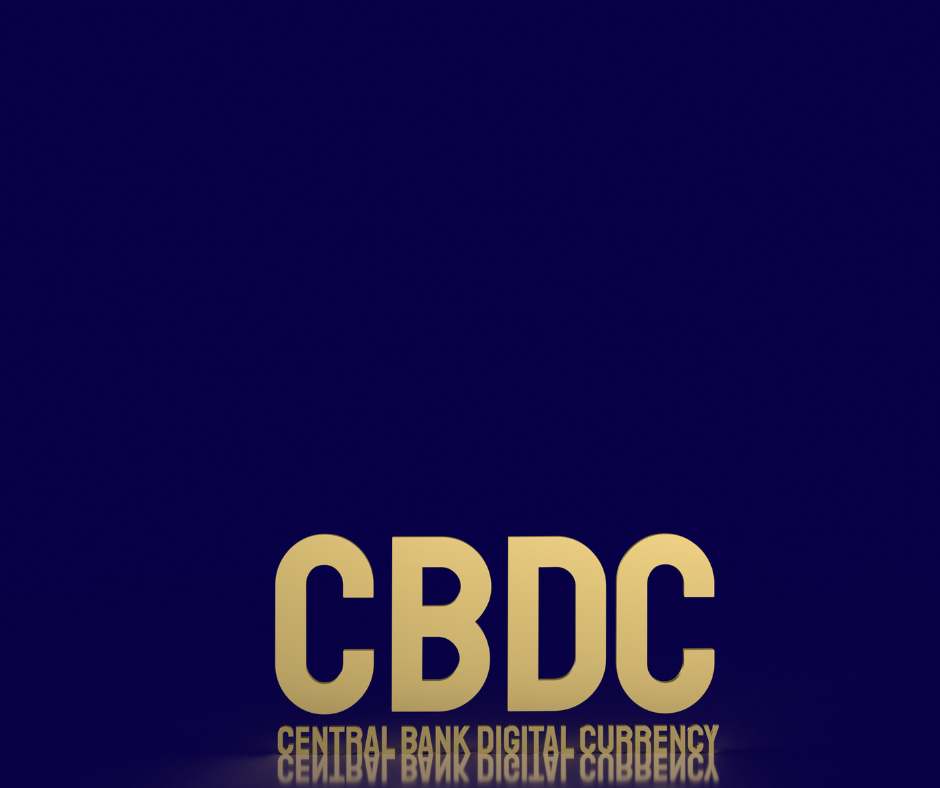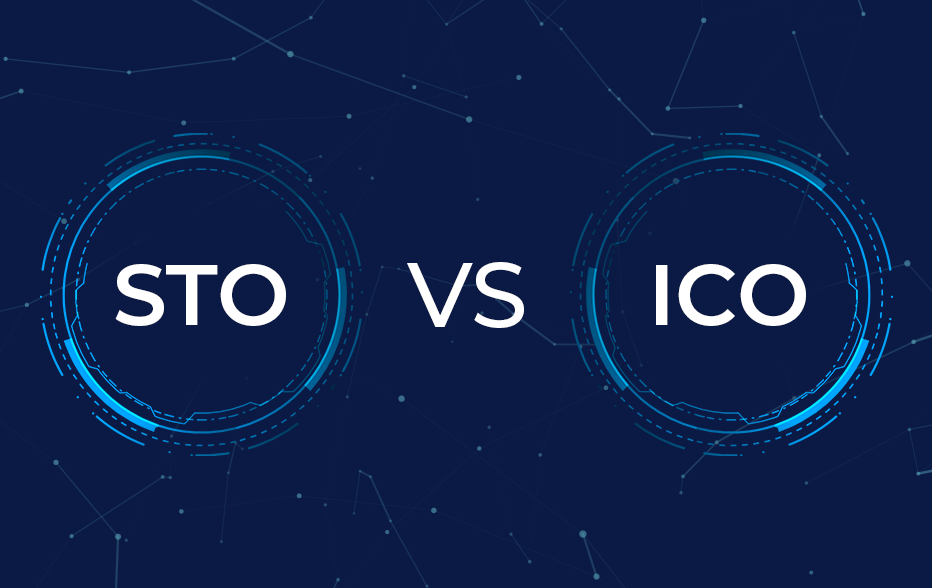What is CBDC? A Guide to the Next Generation of Currency

As human society evolved, so did money, adapting to the latest technological advancements of the age. Thanks to the development of blockchain, money is now entering the digital age, first in the form of decentralized cryptocurrencies, before governments around the world latched onto blockchain innovation in the hopes of launching their own central bank digital currencies, or CBDCs. As more central banks explore the concept of CBDCs, it is important to understand the benefits and challenges associated with this new form of digital currency.
What is CBDC?
Central bank digital currencies or CBDCs are digital currencies issued and backed by central banks, offering the stability and security of traditional currency with the efficiency and convenience of digital technology. Central banks are exploring the possibility of introducing CBDCs in order to increase financial inclusion, boost access to payment systems, and reduce transaction costs associated with traditional cash and card payments. As the global financial landscape continues to evolve and digital technology becomes increasingly ingrained in our lives, CBDCs have the potential to revolutionize the way we use and exchange money.

Already in the design phase of CBDCs, we find many governments, central banks, and technologists draw the distinction between retail CBDCs and Wholesale CBDCs. Retail CBDCs are designed for use by the general public and are meant to function like physical currency, serving as a medium of exchange for everyday transactions. They are usually accessible to the general public through digital wallets and can be used to pay for goods and services. On the other hand, Wholesale CBDCs are designed for use by financial institutions and are meant to settle large-value transactions between banks. These CBDCs are used in interbank settlements and are not accessible to the general public.
Understanding the Benefits of CBDC
One of the primary advantages of CBDCs is their potential to increase financial inclusion. By providing citizens with access to digital accounts, central banks can give people direct access to the banking system, enabling them to make transactions in a simple and secure way. This could be particularly helpful for people in developing countries who lack access to traditional financial institutions. Additionally, CBDCs could help lower administrative costs associated with transferring money, making it easier and faster for people to complete transactions.
CBDCs could also reduce the risk of fraud. All transactions are recorded on a digital ledger that is updated in real-time, making it difficult for criminals to access data or conduct illicit activities. Furthermore, central banks have the ability to track and trace all funds, which could make financial crime easier to detect and deter.
In addition, CBDCs could provide a more efficient way to store value. By using a digital currency, individuals and businesses can avoid the costs associated with traditional banking services, such as fees for transferring money or exchanging currencies. This could make it easier for people to save and invest their money, leading to greater economic stability.
Challenges Holding Back Adoption of CBDC
With great power comes great responsibility, and there is arguably no greater power in the hands of central banks than the ability to control the money supply. By shifting to digital currency, central banks and governments gain an unprecedented level of transparency and control over the lives of their citizens. As all transactions are recorded on a digital ledger, there are concerns about the level of transparency involved and individuals’ privacy rights. Not only can the government see each and every transaction in real-time, but they can also enforce policy directly. For example, a government could theoretically bar certain people from buying luxury goods, or travel tickets, with their CBDCs.
Privacy concerns could explain why the countries that have already launched CBDCs are failing to incentivize citizens to adopt their digital currencies. For example, only 0.5% of Nigerians use the e-Naira CBDC. At the same time, interest in Bitcoin and cryptocurrency continue skyrocketing in Nigeria. The Bahamas, which has also issued a CBDC known as ‘the Sand Dollar’, also has a low rate of adoption with less than 8% of citizens using CBDCs. It seems like central banks and governments are going to have to work hard to get their citizens to adopt CBDCs
CBDCs Vs Decentralized Cryptocurrencies: Four Key Differences
CBDCs and cryptocurrencies share similar technological characteristics in that they both run on blockchain, but in many ways, the two asset classes are totally different. Below are four of the key distinctions between CBDCs and cryptocurrencies:
- Issuance and Control: Cryptocurrencies are issued by a decentralized network of miners that anyone can join. On the other hand, CBDCs are issued by central banks, which tightly control the entire lifecycle of their currencies.
- Transparency and Access: While anyone can view the history of transactions associated with cryptocurrencies on a block explorer, only banks and other privileged institutions can gain such wide-ranging access to audit the transaction history of CBDCs.
- Privacy and Anonymity: CBDCs can be designed to allow for some degree of privacy, but transactions are still traceable and subject to regulation by central authorities. Decentralized cryptocurrencies, on the other hand, often prioritize privacy and offer more anonymity to users.
- Security: The security of CBDCs is tied to the security of the central authority issuing them, while the security of decentralized cryptocurrencies is tied to the decentralized network that maintains and validates the transactions. Decentralized cryptocurrencies can be more resistant to hacking and other security breaches, but the complexity of the technology may also make it less accessible to the general public.
Despite their differences, the new digital economy is shaping up to include both CBDCs and cryptocurrencies living co-existing, and thriving on regulated platforms. Along with security tokens, CBDCs, and cryptocurrencies have a primary place in the finance of the future and form a key component of our long-term vision at INX.
INX Blazing The Trail for CBDC Together with Swiss Giant SICPA
INX is proud to lead the charge toward a prosperous digital economy by building across the spectrum of digital assets. To realize our vision for CBDC, INX partnered with SICPA, a company that has served as a long-trusted partner to governments and central banks around the world. INX and SICPA will work side-by-side to establish innovative CBDC solutions for central banks, assisting clients in boosting their economies and monetary sovereignty. Together, the combined team will raise the bar in delivering innovative approaches to key requirements issued by central banks and their ecosystems, like compliance, scalability, cross-border transactions, and programmability.
David Azaraf February 7, 2023
Crypto enthusiast, help businesses plug into the token economy





